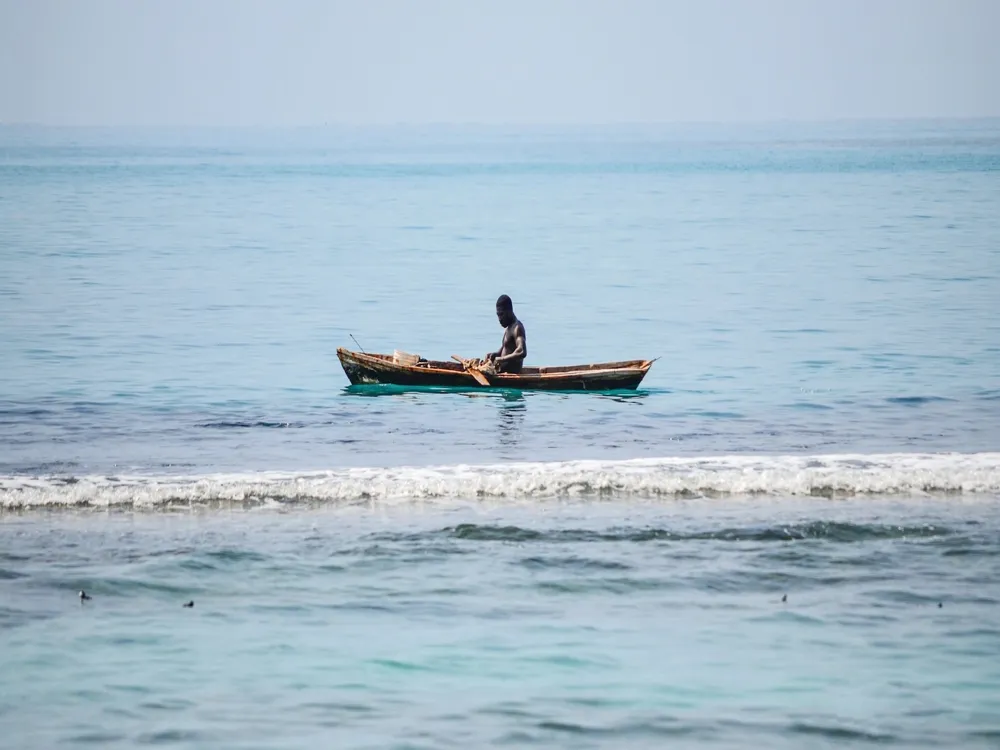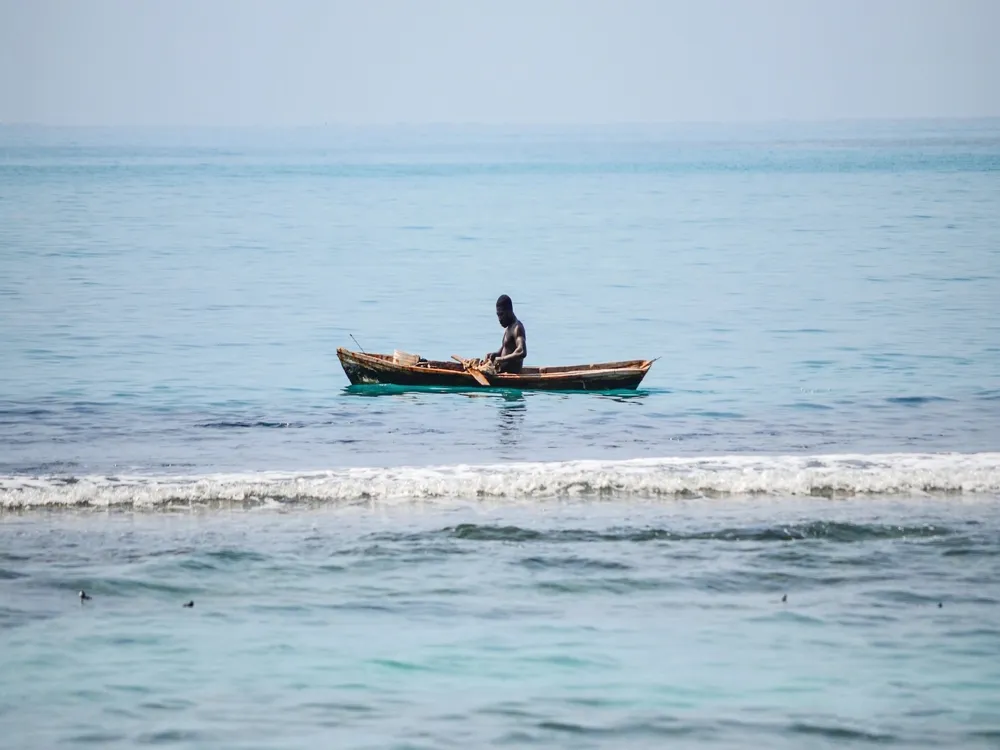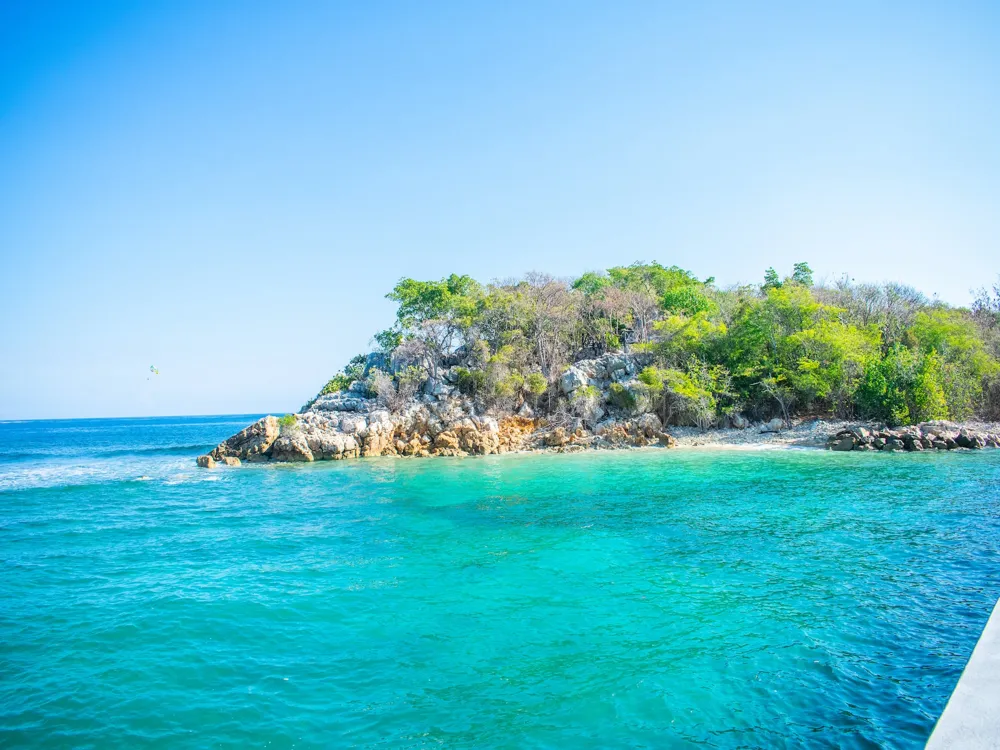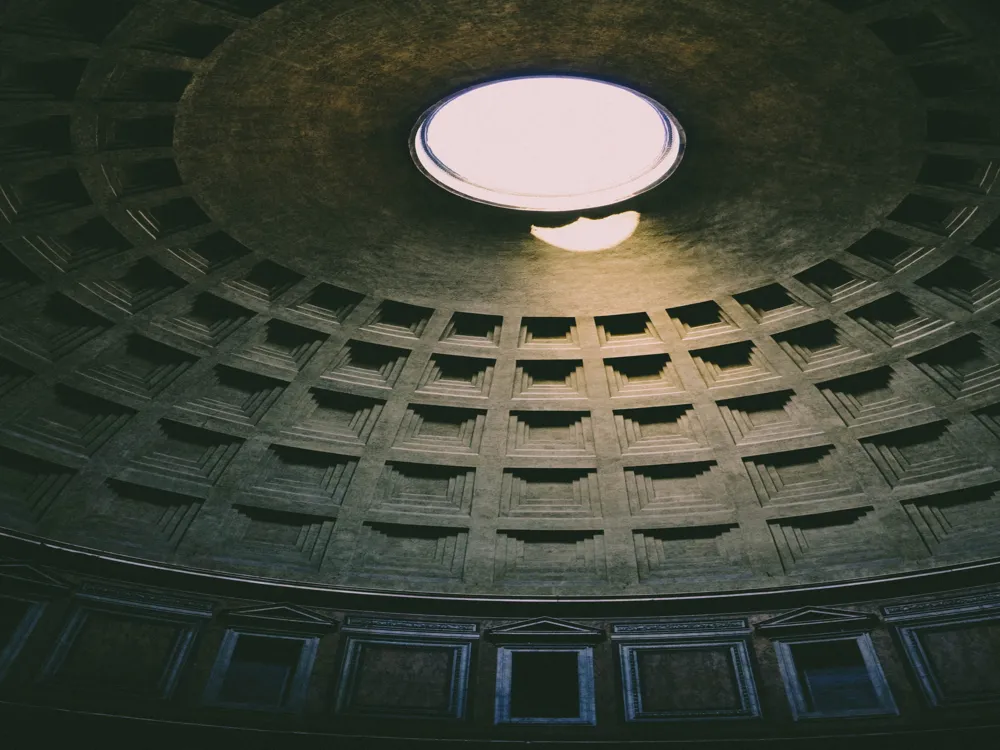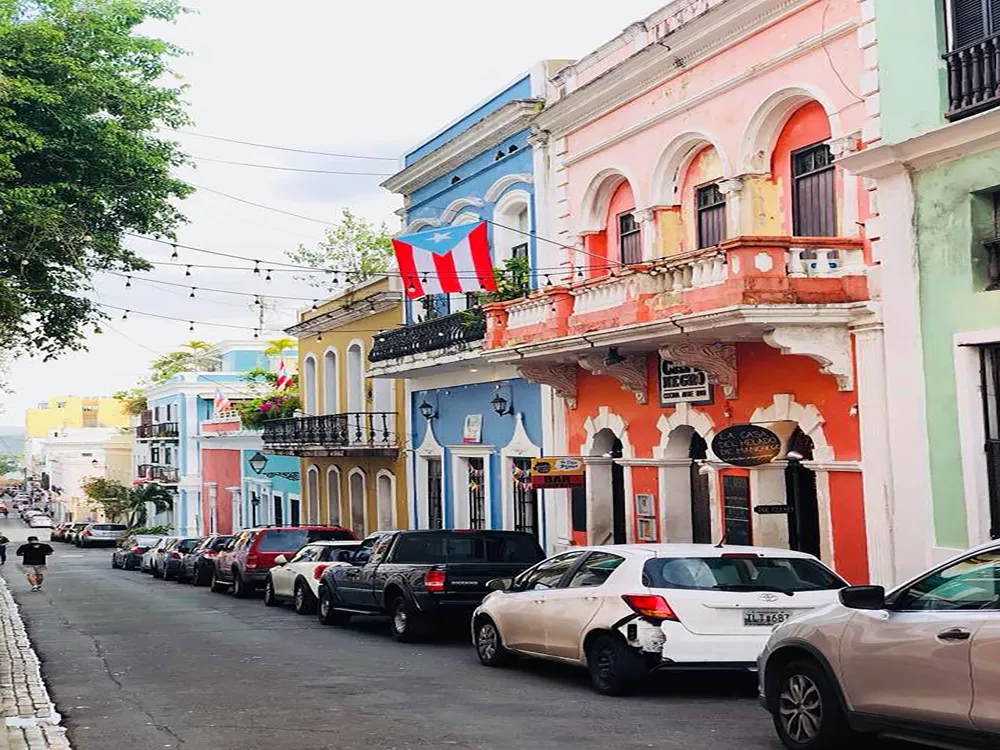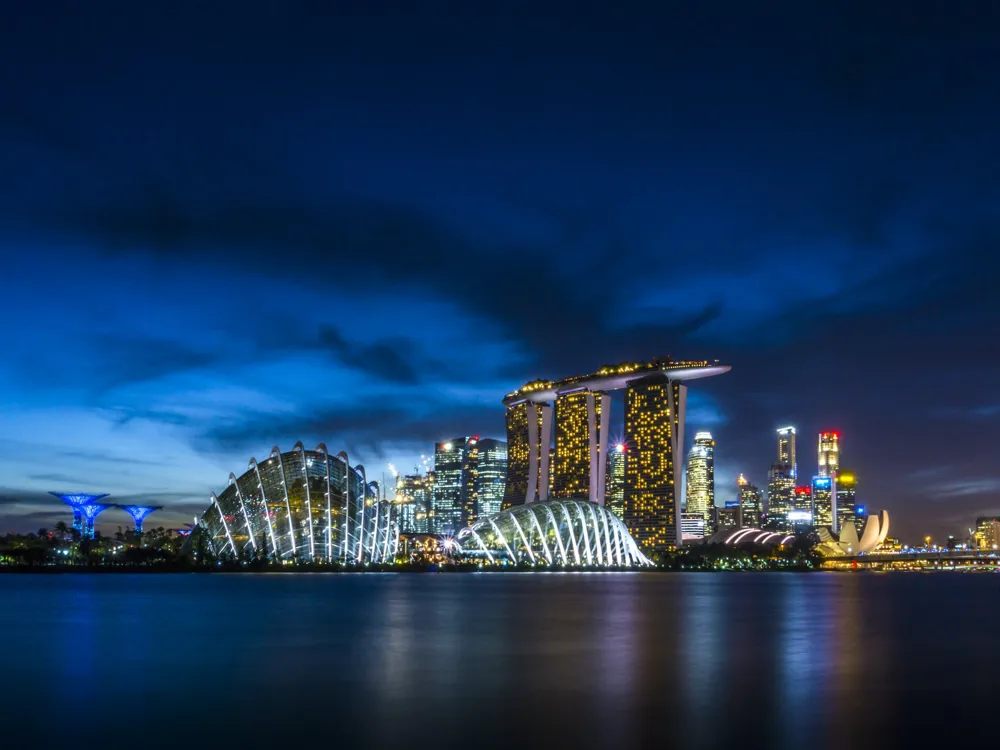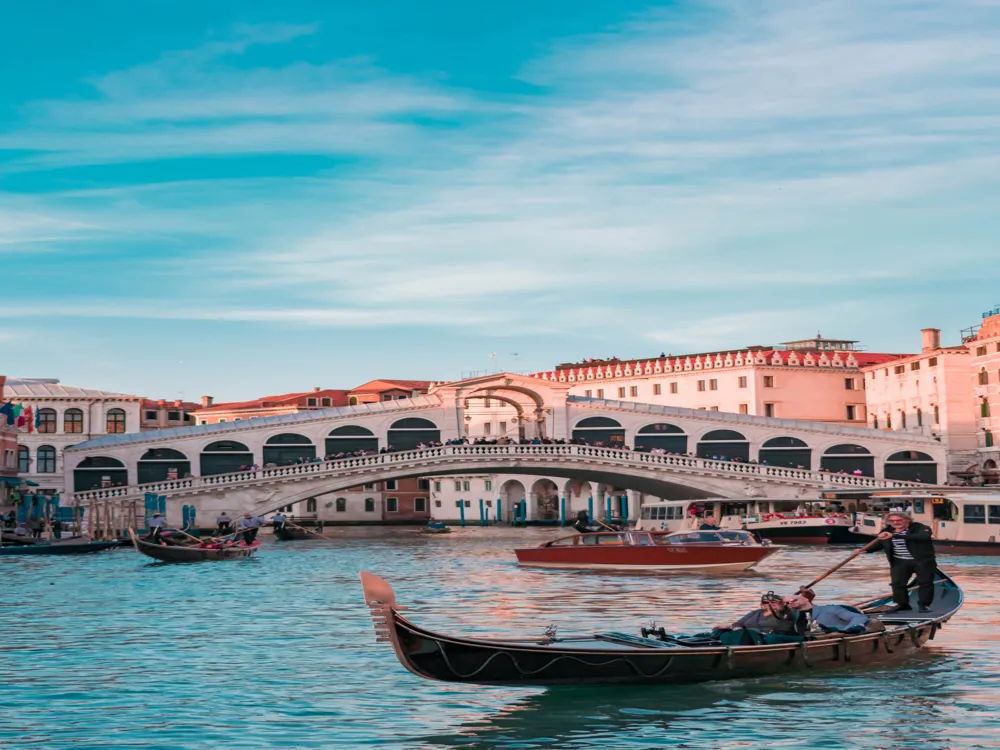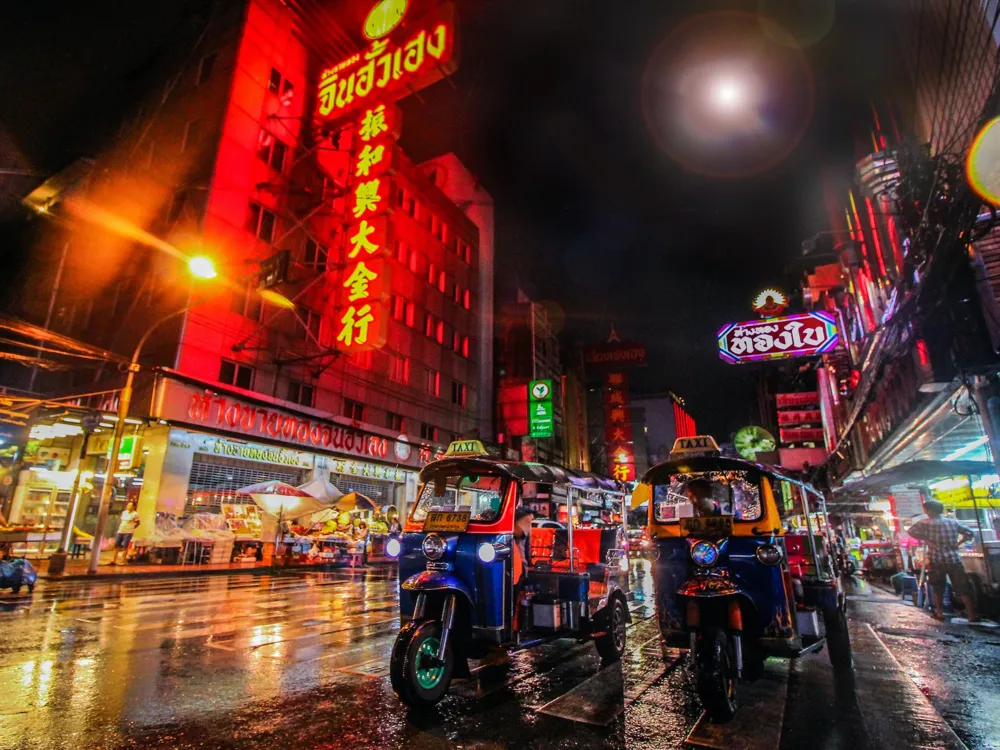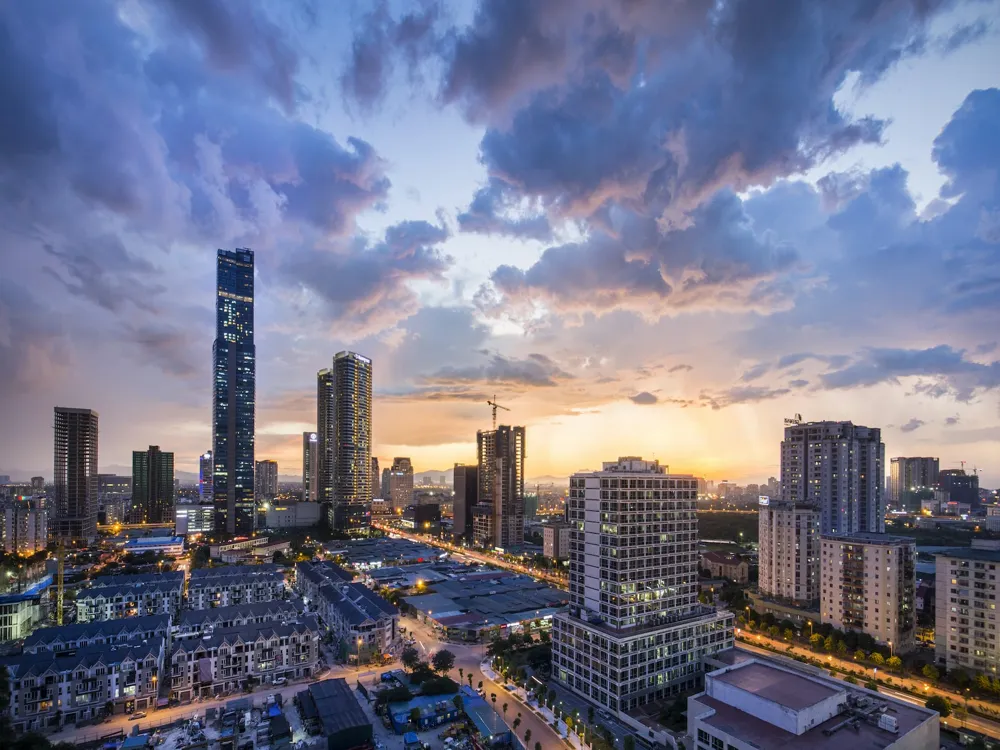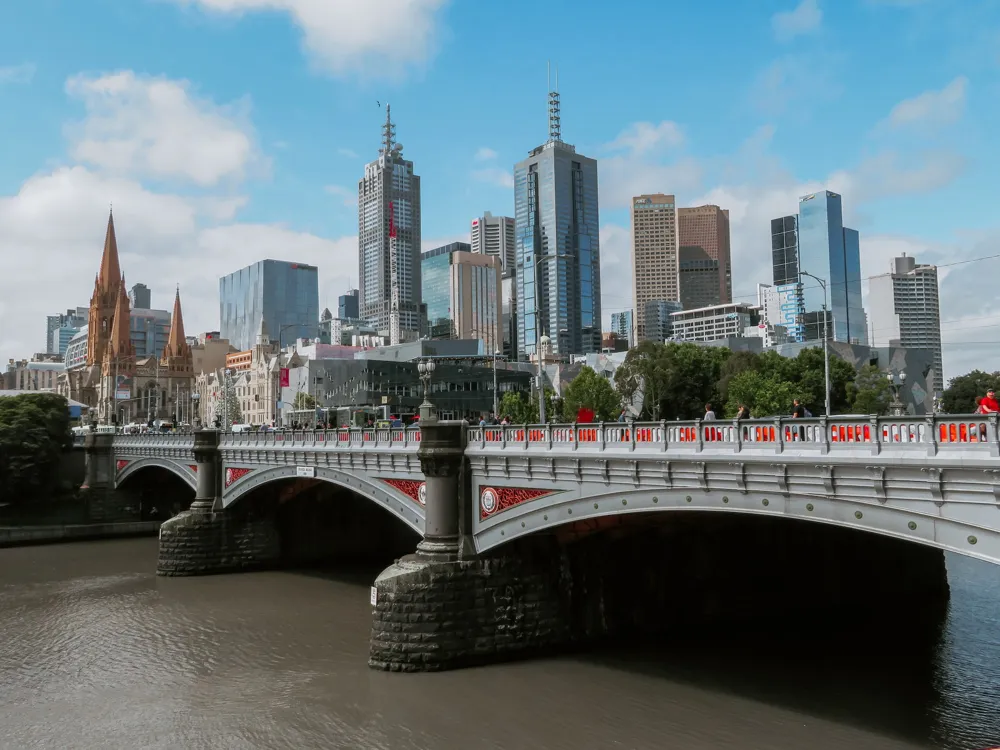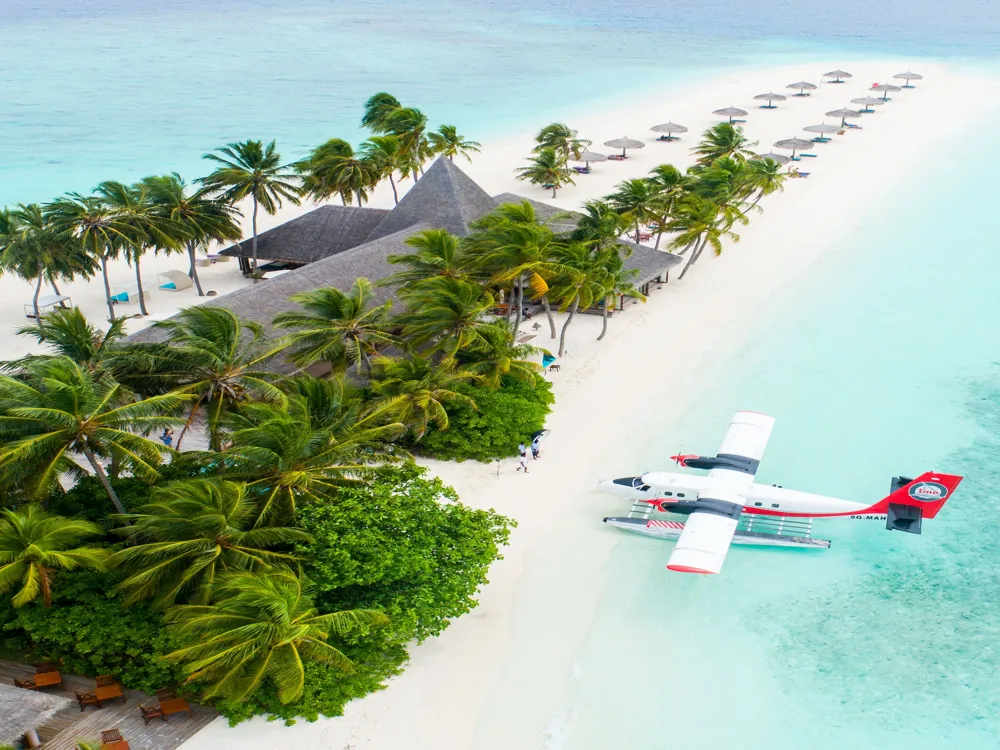Haiti, a Caribbean country sharing the island of Hispaniola with the Dominican Republic, is known for its rich history, vibrant culture, and stunning natural beauty. Despite facing significant challenges, including political instability and natural disasters, Haiti's resilient spirit and unique heritage continue to inspire visitors and locals alike. Haiti's history is deeply intertwined with the fight for freedom and equality. It was the first Black republic to gain independence in 1804, following a successful slave revolt against French colonial rule. This rich history has shaped Haiti's culture, which is a blend of African, French, and indigenous Taíno influences. Haitian Creole and French are the official languages, and the country is renowned for its music, dance, and art. Haiti occupies the western third of Hispaniola and boasts diverse geographical features ranging from beautiful beaches to rugged mountains. The climate is primarily tropical, making it an ideal destination for those seeking warm weather and outdoor adventures. The northern region is famous for its historical sites, while the southern coast is known for its pristine beaches and clear waters. Despite its natural beauty and rich culture, Haiti faces economic challenges, with agriculture, textiles, and tourism as its main industries. The country has a strong sense of community, and its people are known for their hospitality and warmth. Festivals, such as the colorful Carnival, play a significant role in Haitian society, showcasing the country's artistic talents and cultural traditions. Haitian architecture is a reflection of the country's complex history and cultural diversity. From colonial-era structures to modern buildings, the architectural landscape of Haiti is as varied as its people. The French colonial era left a significant mark on Haitian architecture. This period saw the construction of elegant mansions, public buildings, and churches, characterized by ornate details and European styles. The Sans-Souci Palace and the Citadelle Laferrière are prime examples of this era, combining European and African influences in their design. Traditional Haitian architecture is a blend of African, Taíno, and European influences. Gingerbread houses, a unique architectural style found in Port-au-Prince, feature intricate woodwork, high ceilings, and vibrant colors. These structures not only represent the artistic skills of local craftsmen but also provide practical solutions to the tropical climate, such as ventilation and earthquake resistance. In recent years, Haiti has seen a rise in modern architectural projects that aim to address social and environmental issues. Contemporary Haitian architects often incorporate local materials and sustainable practices in their designs, reflecting a growing awareness of the need for resilient and eco-friendly structures in the face of natural disasters and economic challenges. When planning your visit to Haiti, consider the best time to travel, typically from November to March when the weather is cooler and drier. Research local events and festivals for a more immersive experience. Ensure you have all necessary travel documents, including a valid passport and any required visas. Prioritize your health and safety while in Haiti. Vaccinations for hepatitis A, typhoid, and malaria prophylaxis are recommended. Drink bottled water to avoid waterborne illnesses. Stay informed about the local situation, as certain areas may have travel advisories due to political instability or natural disasters. Understanding and respecting local customs is crucial. Greet people politely and dress modestly, especially when visiting religious sites. Be mindful of sensitive topics like politics and poverty, and always ask for permission before taking photos of people or private property. Haiti is accessible via air and sea. The main international airport is Toussaint Louverture International Airport in Port-au-Prince, offering flights from various international destinations. Cruise ships also frequent Haitian ports, providing an alternative way to experience the country's charm. Once in Haiti, local transportation options include buses, taxis, and motorcycle taxis, each offering a unique way to explore this vibrant nation.Overview of Haiti
History and Culture
Geography and Climate
Economy and Society
Architecture of Haiti
Colonial Influence
Traditional Haitian Architecture
Modern and Contemporary Architecture
Tips When Visiting Haiti
Planning Your Trip
Health and Safety
Cultural Etiquette
How To Reach Haiti
Musee du Pantheon National Haitien
Haiti
NaN onwards
View haiti Packages
Haiti Travel Packages
View All Packages For Haiti
Top Hotel Collections for Haiti

Private Pool

Luxury Hotels

5-Star Hotels

Pet Friendly
Top Hotels Near Haiti
Other Top Ranking Places In Haiti
View All Places To Visit In haiti
View haiti Packages
Haiti Travel Packages
View All Packages For Haiti
Top Hotel Collections for Haiti

Private Pool

Luxury Hotels

5-Star Hotels

Pet Friendly







